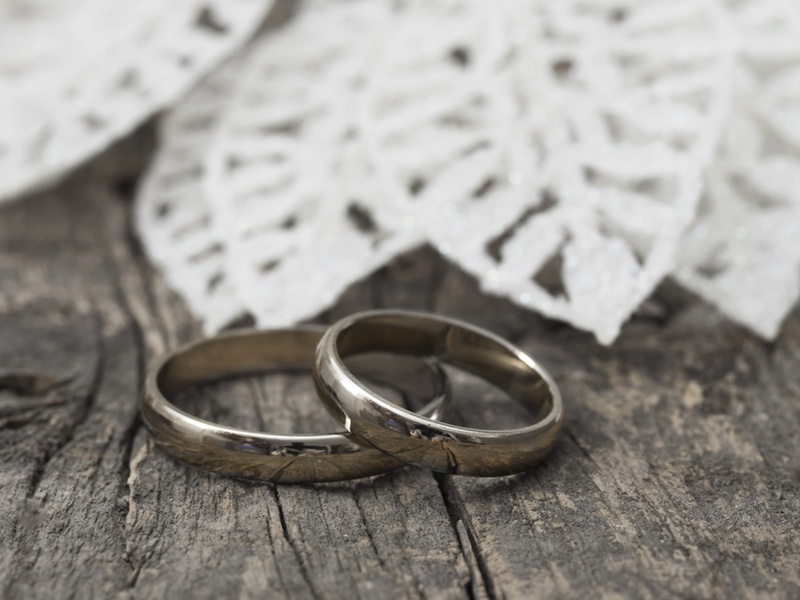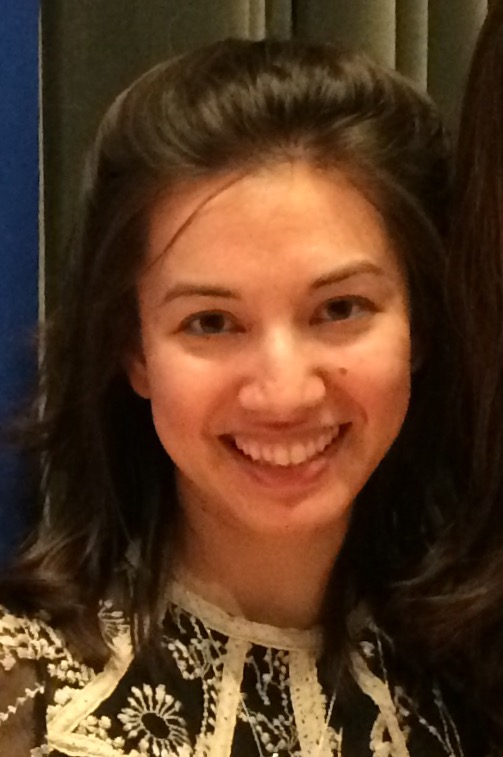Waiting to Tie the Knot? You're Not Alone

Young adults in the United States are waiting longer to get married than they did nearly 50 years ago, according to a new analysis of census data. This delay in tying the knot, compared with previous generations, is giving rise to a variety of living arrangements.
Adults 18 to 34 years old are waiting almost six years longer to marry than they did in 1967, according to data collected by the U.S. Census Bureau from 1967 to 2014. In fact, marriage rates among 25- to 34-year-olds in 2014 look more similar to marriage rates among 18- to 24-year-olds in 1967— that means what a 23-year-old did in 1967 is similar to what a 30-year-old does now.
In 1967, 39 percent of 18- to 24-year-olds lived in matrimony; now only 8 percent of 18- to 24-year-olds live with a spouse. [I Don't: 5 Myths About Marriage]
Shifts in marriage trends are linked to a variety of factors, including a rise in the number of people getting college degrees, according to census data. Over the past 50 years, the percentage of people pursuing higher education doubled, from about 15 percent to 34 percent. Furthermore, young adults now don't seem to view marriage as a necessary precursor to having children — currently, 60 percent of young adult parents live with a spouse; the remaining 40 percent are single parents.
Before getting hitched, young adults are more likely to live alone, with others or with an unmarried partner than they were in preceding decades, according to the census data. Often, individuals are working toward advanced degrees and steady employment during this time.
On the flip side, among young adults who are married now, more people have college degrees than not. According to the census data and a 2013 analysis by the Pew Research Center, 89 percent of parents with a bachelor's degree are married, 70 percent of parents with a high school diploma or more are legally bound to each other and 64 percent of parents with less than a high school degree are wed.
I do not
Get the world’s most fascinating discoveries delivered straight to your inbox.
Marriage rates among Americans have continued a decades-long decline. A 2014 analysis by the Pew Research Center found that the share of American adults who have never been married is at a record high. The report found that in 2012, 1 in 5 people ages 25 and older — or 42 million people — in the United States had never been married, compared with 1 in 10 adults in this age group in 1960.
Some of the reasons for delaying marriage had to do with financial stability and some had to do with marriage becoming less highly regarded, the study found.
The 2014 Pew survey found that 25 percent of people ages 18 to 24 years old said they haven't found the right person, 26 percent said they aren't financially stable enough and 33 percent said they are not ready to settle down. Among 25- to 34-year-olds, 29 percent said they haven't found the right person, 34 percent said they are not financially prepared and 13 percent said they are not ready to settle down, according to the analysis.
Women want men with secure jobs, according to the survey, but young men are increasingly less likely to be employed. Fifty years ago, there were 139 young single men with jobs for every 100 young single women; that ratio is now 91 out of 100, according to the Pew report.
"Marriage is declining, especially among the young," said William Frey, a senior fellow at the Brookings Institution in Washington, D.C., according to Bloomberg. "It's likely that marriage will pick up the pace some when the economy gets on track. But the longer-term trends signal a period when young adulthood will be increasingly thought of as the singles years."
Elizabeth Goldbaum is on Twitter. Follow Live Science @livescience, Facebook & Google+. Original article on Live Science



